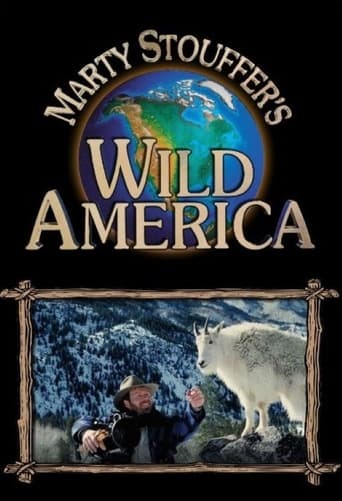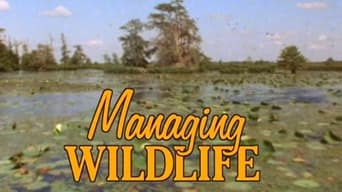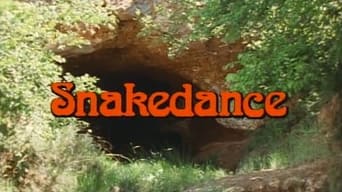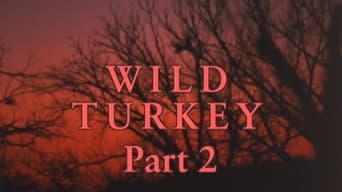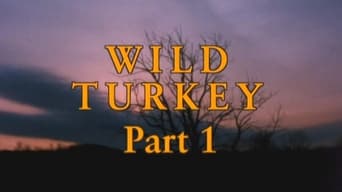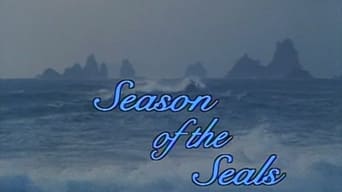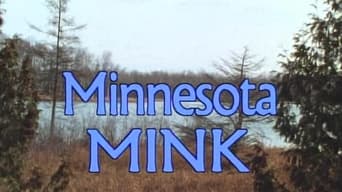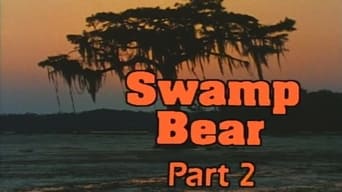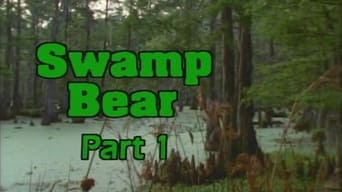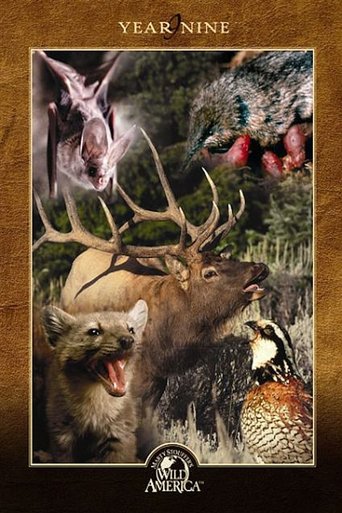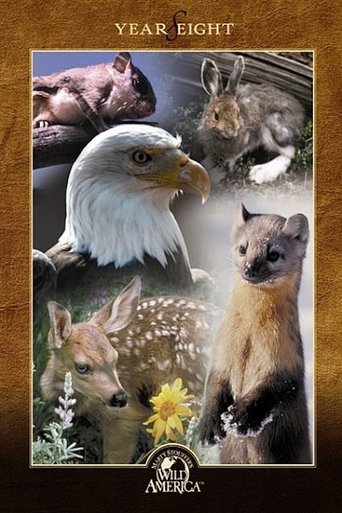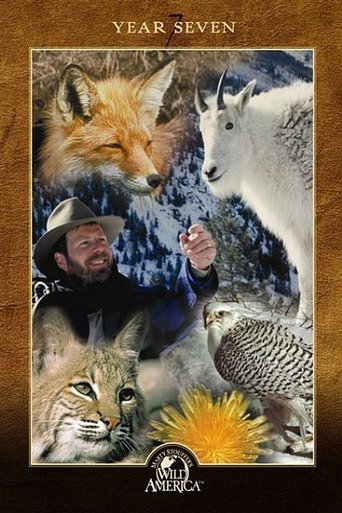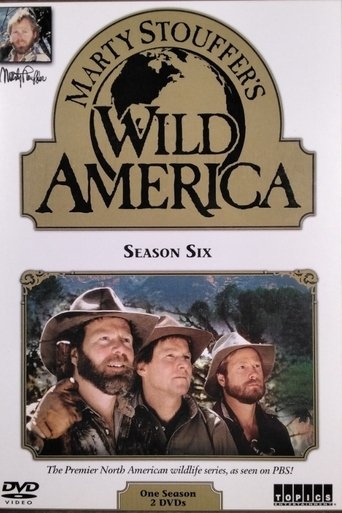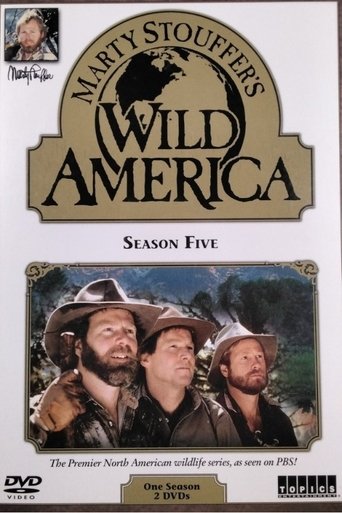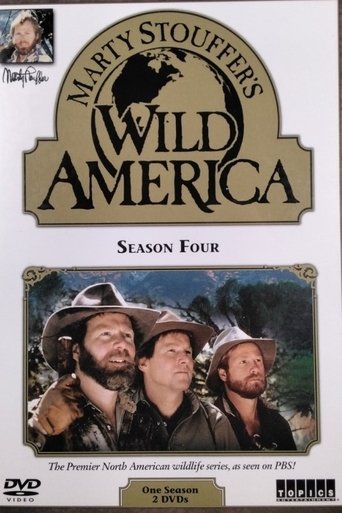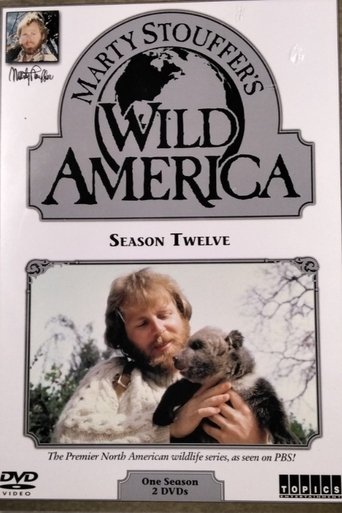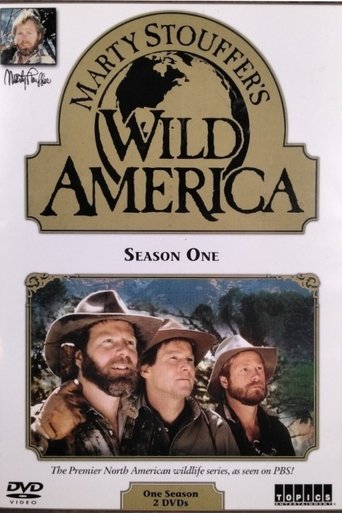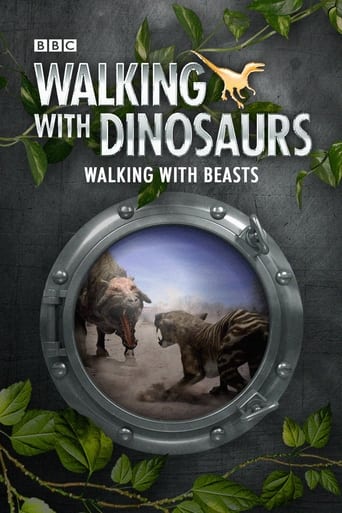Marty Stouffer's Wild America Season 6
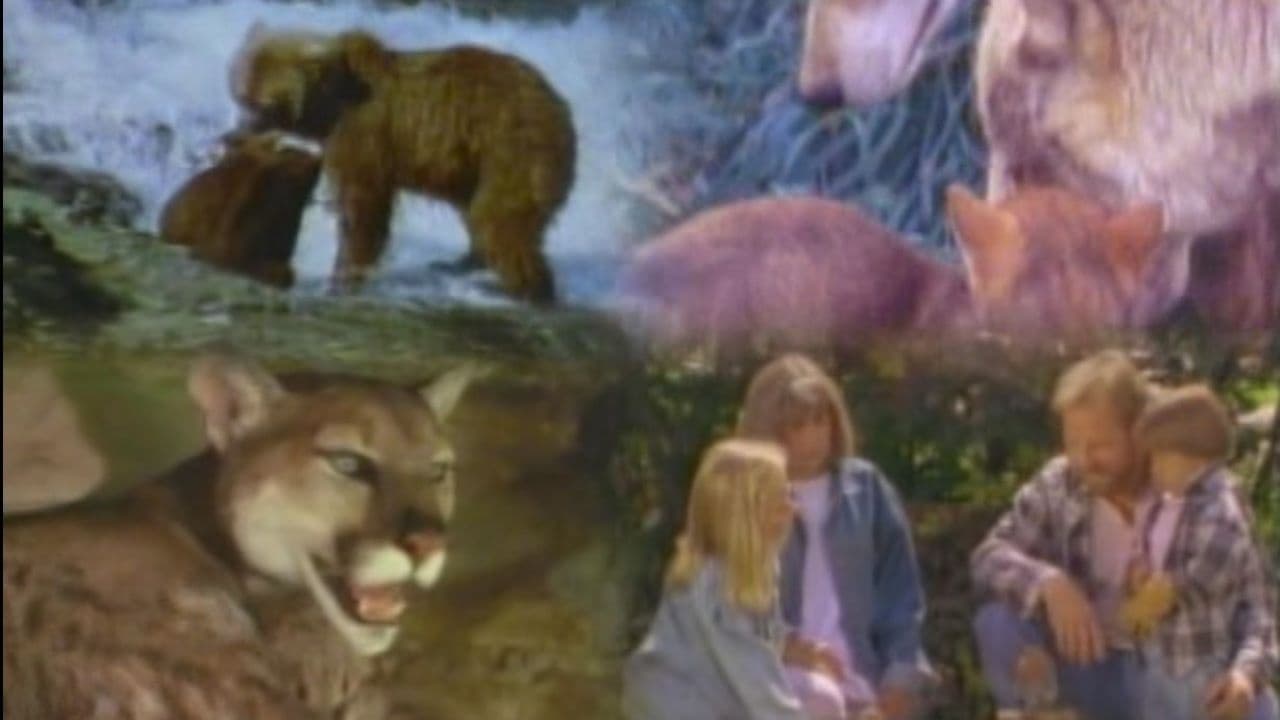
Marty Stouffer's Wild America was the first wildlife and nature series to focus exclusivvely on the wild animals and wild lands of North America.
Watch NowWith 30 Day Free Trial!
Marty Stouffer's Wild America
1982 / NR
Season 6
Watch Trailer
Marty Stouffer's Wild America Season 6 Full Episode Guide
Managing wildlife most often means managing humans -- the primary predator in virtually all our ecosystems. Through this complex, but vital, process, we constantly try to balance our own conflicting interests with those of our native wild creatures. This thought-provoking program examines some of the most innovative and controversial plans currently operating across the country.
While investigating life in an Oklahoma cave, Marty Stouffer discovers a pair of male Western Diamondback Rattlesnakes engaged in an extraordinary "combat dance". Sinuous bodies swaying upright, the intertwined serpents clench and strain as they try to wrestle each other to the ground. All stages of this hypnotizing Reptilian phenomenon are seen for the first time.
This species is one of game management's greatest success stories. Our traditional symbol of Nature's abundance was once feared to be gone as a gamebird due to overhunting by humans and a loss of their habitat. But today, the Wild Turkey is one of game management's greatest success stories. The many who worked so hard for this comeback were perhaps too successful, for some states now worry about having an over-abundance of these birds.
By viewer request, we look at a Bird whose story is woven into our culture. Yet this creature, the Pilgrim's choice for the first Thanksgiving meal, soon became a rarity. Our largest gamebird, with its flamboyant courtship, is a strong flier that prefers to run. We meet the shy Gobblers of our eastern woodlands and their lanky western kin -- forebearers of all domestically raised stock.
The Pacific Coast's various species of Seals and Sea Lions spend most of their lives roaming the ocean, coming ashore only to give birth and to breed. To best utilize their time gathered on land, both events occur together. January to July is the season when enormous Elephant Seals clash in battle, graceful California Sea Lions frolic, and baby Harbor Seals learn to dare the waves.
It's most widely known as a status symbol when its skin is fashioned into luxury garments. But there's much more to a Mink than a fur coat. It's a fascinating member of the Weasel Family -- as graceful in water as an Otter, as feisty on land as a Wolverine, and as pungent under stress as a Skunk. We follow a mother Mink as she hunts, mates and rears a family near lovely Lake Superior.
"Timberdoodle, Bogsucker, Twister" -- the Woodcock and its nicknames are equally unusual. It flies as slowly as 5 mph, or becomes a blur of speed as it spirals hundreds of feet into the air in a spectacular springtime courtship display. Its life story, from downy young to fall migration, is filmed at Moosehorn Wildlife Refuge in Maine. Moles and Moose also play a part in the story.
This episode concentrates on the color blue in nature. It shows many plants and animals that are blue in color or has blue on them; everything from blue lobsters and crabs, to blue flowers, to blue birds, etc, etc. It demonstrates the uniqueness of these particular living things in the USA.
Continuing to search the wild heart of bayou country, Marty finds and follows more clues, meeting creatures both friendly and deadly, before locating the Bear's feeding ground: a pool of Catfish, a surprisingly tricky meal. When an aggressive Alligator moves in during the night, the two legends compete and clash to reveal which will be king of the Catfish pool and the swamp.
In the eerie backwater bayous of southern Louisiana's Atchafalaya Basin, Marty Stouffer poles a traditional pirogue to track the South's largest animal, a honey-loving legend. Clues lead to a Bobcat, Alligator, Snapping Turtle, and other animals which share this mysterious realm with an elusive phantom -- the Black Bear. Though large, it is now rare in these hardwood bottomlands.
Free Trial Channels
Seasons


